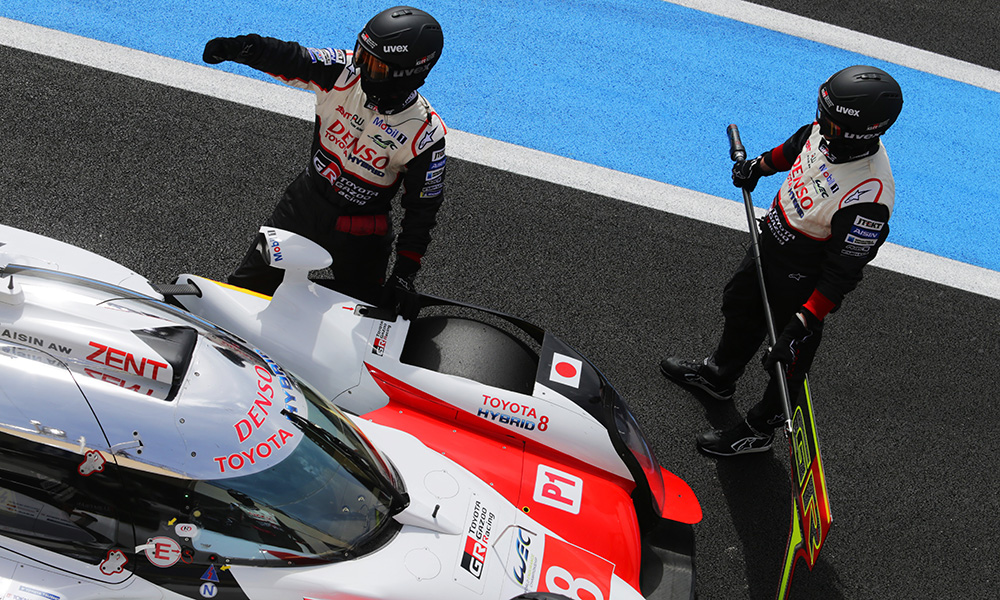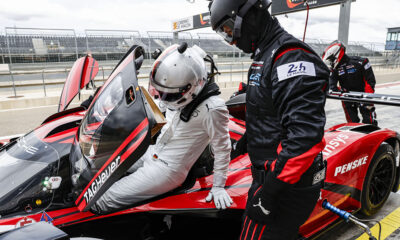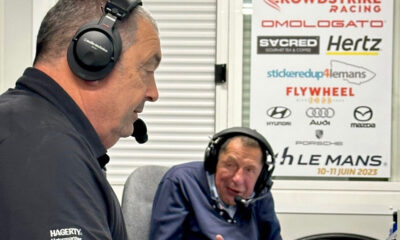
Photo: James Moy/Toyota
Toyota Gazoo Racing is ready for a wide range of unexpected situations in this year’s 24 Hours of Le Mans, having completed multiple endurance tests with simulated mechanical and accident scenarios, according to technical director Pascal Vasselon.
The Japanese manufacturer, which lost out on victories at Le Mans in at least three of the last four years due to unforeseen circumstances, has focused its pre-season testing on trying to anticipate potential issues that could face its Toyota TS050 Hybrids in the race.
Vasselon revealed the simulated scenarios have ranged anywhere from battery changes to even limping the car back to the pits on three wheels, or on full electric power.
“It’s about training the team to handle an unexpected situation,” he said.
“Basically, we have sacrificed some mileage because we did not need as much mileage as years before, to train the team to handle fake problems.
“It did work quite well. I’m sure our people were not bored during the simulation sessions because they were working even harder.”
Between 20-25 different scenarios have already been simulated through multiple tests, including at last weekend’s Prologue at Paul Ricard.
“There are a wide range of things that can happen,” Vasselon said.
“We have done some laps with three wheels. It’s about recovering the car. We basically removed one wheel and asked the team to bring back the car.
“At least for those situations we have practiced for, at least the team knows what to do, which mistakes to avoid.
“Before, we had to focus first on performance because the first condition to win Le Mans was to our perform the others, especially when Audi was there. You could not rely on just reliability to do it.
“Then, [we focused on] making a fast car reliable, which we managed. Then the third step was, ‘What happens if things go wrong in an unexpected way’ and that’s where we failed.
“In the last years, we did not fail because of lack of performance; we did not fail really for a full lack of reliability; we failed in the way to handle unexpected situations, which has put the car and the team outside the normal working [conditions].
“Now we’ve come much better prepared for the third kind of item.”
While last weekend’s 30-hour simulation saw the pair of Toyotas combine to complete more than 3,600 miles with no mechanical failures, it took the time to practice several repairs.
Vasselon said it included changing the car’s battery, cooler, seats and steering wheel.
“Several times our car was coming back from its stints slow. We were testing recovery modes,” he said. “We have a range of ways to recover the cars when things failed.
“If the engine fails, we have a mode to bring back the car; if the front motor fails, we have a mode to bring back the car; if the clutch fails, like last year, we have a mode.
“We were practicing that at night, because there were only 13 cars, on the in lap.
“And it was nicely engineered as well from [Race Director] Eduardo Freitas, mentioning that car No. 7 was slow, so we could practice all these modes.
“The target at Le Mans is that nearly whatever happens, we should be able to bring the car back into the pits to repair and restart. It was one of the important tests we had here.”

























